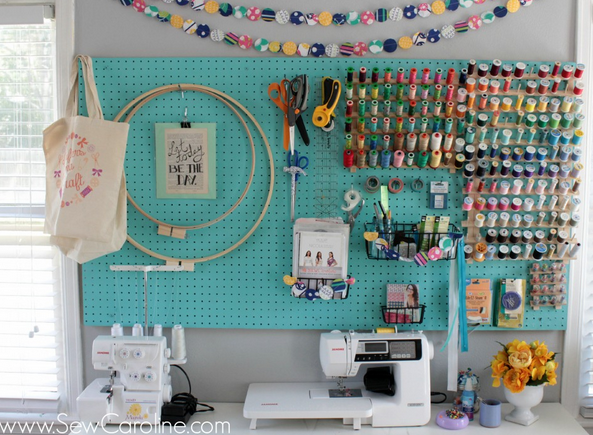
Now that you have everything in its place, it's time to address another subject that most of us don't really enjoy...keeping the studio clean and regular maintenance. You have spent so much time and effort creating a place that is both functional and inspirational. If you can spend 5-10 minutes at the end of each sewing day doing a quick clean up job, you will be amazed at the results. Not only do you avoid the tendency to "just set things here for a bit," which often means more like a few months, it means that each day when you enter the studio you can get right to work. There is nothing worse for stifling a bit of creative energy than having to clean up beforehand.
To keep things clean while you are in the studio, here are some suggestions:
- Clean your cutting mat
- Wipe off your sewing tables
- Place trash cans around your sewing studio (cutting table, sewing area, desk/office table)
- Keep tools stored near their designated work area, such as rulers and rotary cutters by the cutting station
- Use pegboards to hold items and to keep the floor space free
- Try to avoid keeping multiple projects out at once. Unless your studio is large and can accommodate multiple projects, a smaller space can very quickly become buried. If you do need to switch projects, put the current project (pattern, fabrics used, and any other items that need to be included) away for the time being, in its own container. This way, when you do come back, all of the elements are there for you to get right back to work.
Dust and Vacuum
Every so often you should do a thorough cleaning of your space, especially if your fur friends hang out with you. Mark your calendar and take an hour or so to vacuum, sweep and dust to keeps things fresh and orderly. If you have carpeting, you might even find a few random pins that escaped without your knowledge.
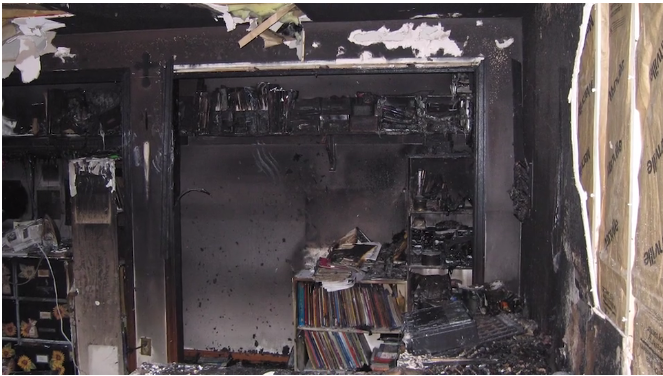
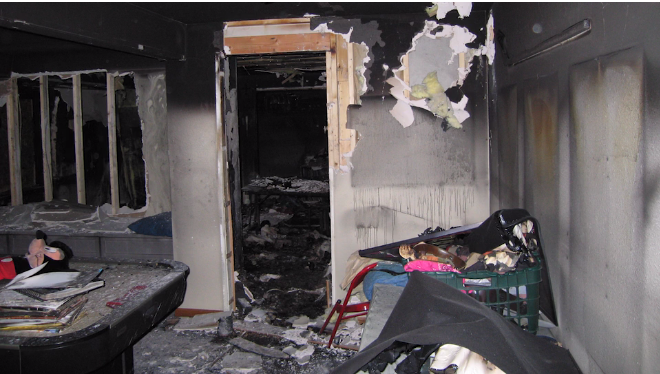
Cables and Extension Cords
Worn and damaged cables are a potential fire hazard, so they need to be inspected on a regular basis. Katie Fowler (Show 1807) went to church one Sunday morning only to discover upon her return that her home was on fire. A worn cable, buried under a pile of random items, caught fire in her basement studio.
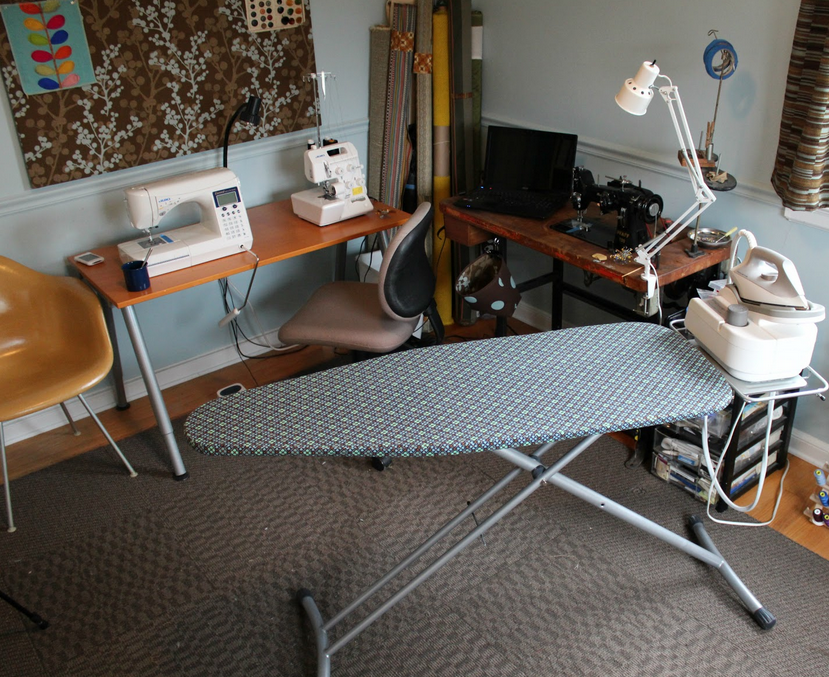
Iron and Ironing Board Covers
Remove the cover from your ironing board and toss it in the washing machine. Over time, there is a lot of build up on the ironing surface, especially if you use starch or similar products. If you have made an ironing board using MDF or heavy plywood, remove the old cover and replace with a new one.
While you are at it, check your iron to make sure that it too is in tip-top shape. If your work includes a great deal of fusibles, or other 'glues,' these residues, over time, can build up on the sole plate of the iron. Keep your iron in good working order with these tips.
Here is a great recipe for making your own cleaner for a steam iron.

Cutting Mats
Cutting mats can become 'fuzzy' after extended periods of time. A simple cleaning trick from MadebyChrissieD will have your mat looking brand new in no time.
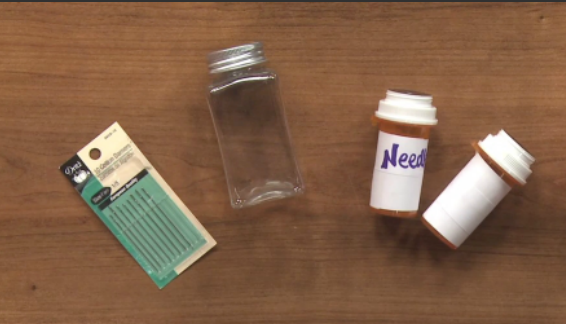
Needles and Pins
Old needles and bent pins have served their purpose and need to be disposed of in a proper manner. Old pill containers, spice jars, or small mint containers are perfect for holding old needles and bent pins until they can be thrown out. Label the container and keep it near your sewing area.
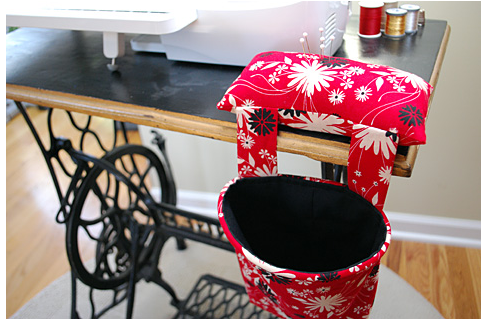
We wanted to share a cute pincushion thread catcher pattern (from MerrimentDesign) that will help to keep those stray threads off the floor. These little holders would also be perfect by your cutting station. Happy sewing!
Click here for more organization blogs.




.jpg)



It is rather short and squat and fits into my top sewing. drawer. The whole top of the lid flips open and it's so easy to drop in spent rotary blades, pins, needles.
RSS feed for comments to this post